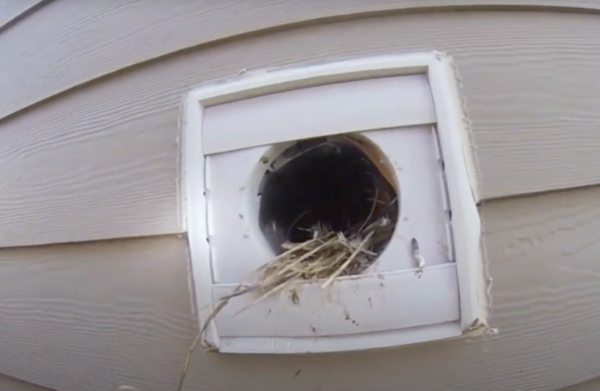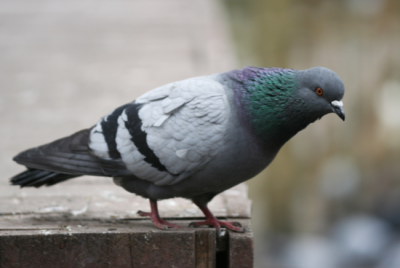How to Get Starlings Out of a Vent

Starlings are widespread across North America, particularly in the United States. Due to their highly fluid feeding habits, they can consume a wide array of food. Also, their adaptive and flexible nature allows them to adopt various places to nest and roost. This is chiefly why they can survive in suburbs as well as city centers. Research has shown them to be among the very few birds to possess such versatility. Scholarly works have revealed that starlings are cavity nesters and it explains why they favor vents and ducts to build their nests and cater to their offspring. Starlings somewhat provide a predatory service of controlling insects. They are also very colorful, and their presence undoubtedly adds some aesthetic to your yard. However, a large number can quickly grow into a nuisance—noise and droppings, especially in the city. If proper and efficient measures are not put in place, they can cause significant damage to your home.
It is always advisable to employ methods that will keep starlings out of your vents before they settle to begin nest building. Once you've identified potential vents and ducts in your home, go ahead and seal the openings. Prevention is always cheaper and better.
In the likely event that you are too late to enact prevention, all is not lost, as a great deal can still be done to rid your house of the nuisance that are starlings. The following are the guidelines to follow when it comes to getting starlings out of a vent.
- Identify the bird present and try to determine the length of its nesting period. This is crucial to the eradication process. For instance, removal of starling nests is much easier in early spring than at any other time because they are not usually fully settled in. This also prepares you for any defensive action against the starlings.
- Next, with the aid of a viewing device, preferably finer optic scope, find out how much nesting materials you will need to get rid of. This helps you prepare for any latent surprise. As soon as this is done, you're ready to move to the main business.
- Now, it's best to wait for such a time that the nesting bird is out before proceeding to remove its nest and any accompanying debris. Otherwise, you can evict the adult starlings first before going for the nest. If you can afford it, an additional pair of hands will come handy during this eradication process. Preferably, any solid clog removal tool can be used.
- Once you're done with removing the starlings' nest, proceed to disinfect the vents and ducts. Various commercial grade home-friendly disinfectants can be employed for this. This is mainly to prevent the mites that so often come with starlings. To be safe and ensure effectiveness, a professional pest service provider can be hired to do the job. It is important that this is done correctly.
- This is the last step and by far the most important one. A solid galvanized mesh should be installed on the vent. This will serve two purposes, keeping the starlings out and ensuring that the vents continue to function.
Note: Efforts should be made not to harm the birds in the process.

